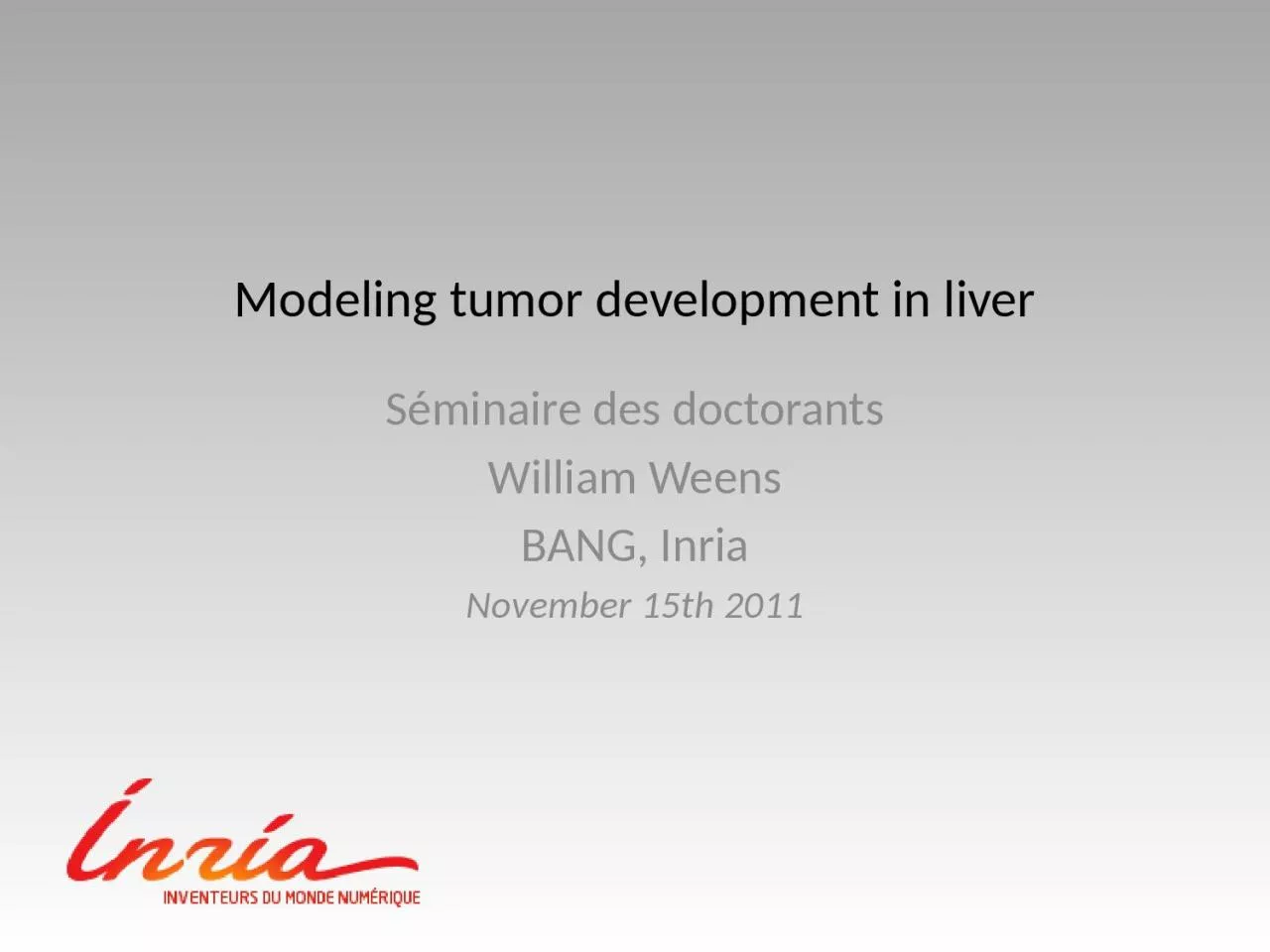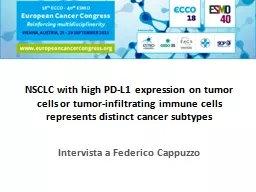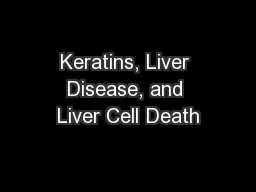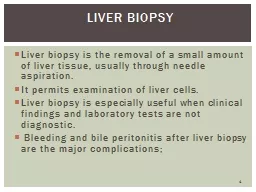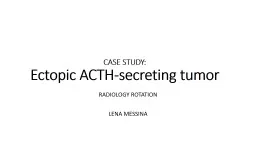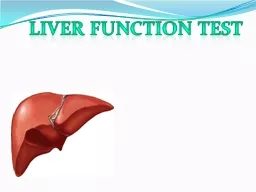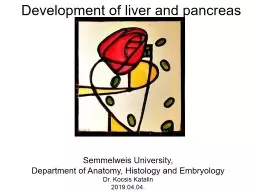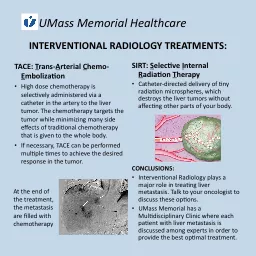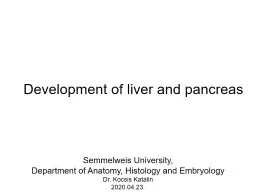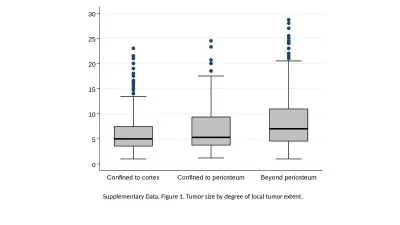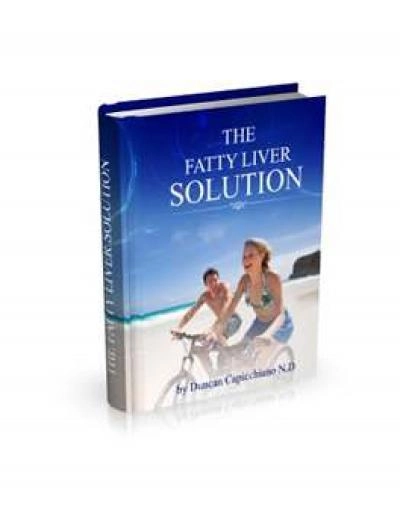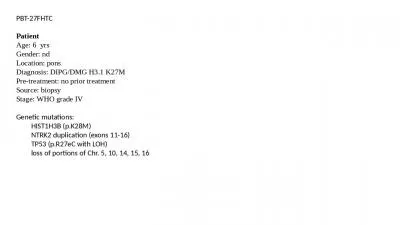PPT-M odeling tumor development in liver
Author : CottonCandyQueen | Published Date : 2022-08-01
Séminaire des doctorants William Weens BANG Inria November 15th 2011 Outline Cancer Systems Biology Mathematical description Application to liver tumor Conclusion
Presentation Embed Code
Download Presentation
Download Presentation The PPT/PDF document "M odeling tumor development in liver" is the property of its rightful owner. Permission is granted to download and print the materials on this website for personal, non-commercial use only, and to display it on your personal computer provided you do not modify the materials and that you retain all copyright notices contained in the materials. By downloading content from our website, you accept the terms of this agreement.
M odeling tumor development in liver: Transcript
Download Rules Of Document
"M odeling tumor development in liver"The content belongs to its owner. You may download and print it for personal use, without modification, and keep all copyright notices. By downloading, you agree to these terms.
Related Documents

